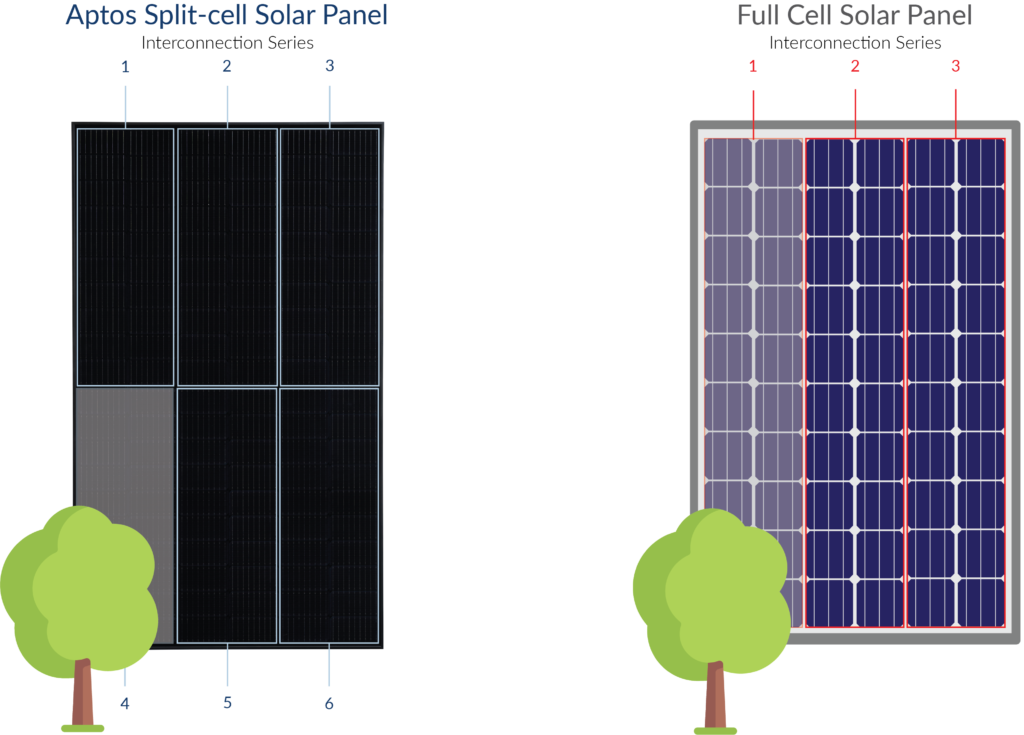Advanced Solar Cell Technology – Half Is More
Overview
It’s no doubt that solar energy is a superior choice for servicing practical energy needs. Whether you are powering an industrial setting or a cozy home, you should feel confident in your choice to use solar energy–but even after the choice to go solar is made, how can users enhance their power production to be the most efficient possible?
In this blog, we will discuss the benefits of using solar panels that utilize half-cut cells and how their innovative design is showing the solar world that half is more.
Lower Operating Temperature
Extreme heat is a well-known enemy to electronics. Advanced half-cut cell technology improves solar panel heat production. Split-cells generate less current than full cells. As a result, the generation of excess heat is minimized.
Minimizing heat production reduces the chance of hot spots. Since hot spots occur when part of a solar cell overheats, the performance of the cell is negatively affected as a result.
The ability for a half-cut cell to run cooler means increased performance and longevity of the entire panel.
Shade Resilience
It isn’t uncommon for solar panels to be installed in applications affected by shading. Since a solar panel comprises a cell series that is linked together by an interconnection line, one cell that becomes shaded can affect the performance of every cell within its interconnection series.

Split-cell panels have twice the amount of interconnection lines, allowing for more power production when a solar cell is shaded.
In the case of a traditional full-cell panel, decreased power performance caused by shading is especially prevalent due to fewer lines connecting series of cells. However, in a split-cell panel, the amount of interconnection strings is doubled. This means that if a split-cell panel becomes shaded, fewer cells will be exposed to subsequent energy loss and the integrity of the solar panel is retained.
Less Resistive Loss
In half-cut cell solar panels, the use of three junction boxes reduces internal resistance to increase power output.
Additionally, there is less distance for current to travel in a split-cells. When the distance that current needs to travel is reduced, there is less resistive loss, and power performance is increased.
Solar panels with split cell technology are able to achieve higher power outputs than traditional, full cell solar panels.
Conclusion
It is now clear to see how half-cut cell solar panels are the method of choice when looking to enhance power performance, increase product longevity, and retain the overall integrity of a solar panel. To learn more about split-cell technology, contact our sales team today. Being informed is the first step in building a solar system that you can trust–you’re already half-way there.
